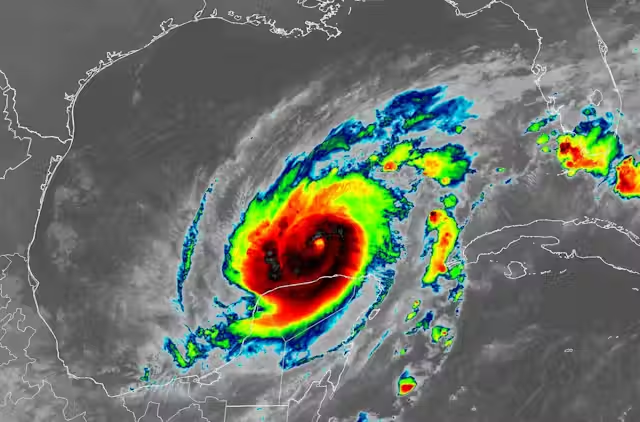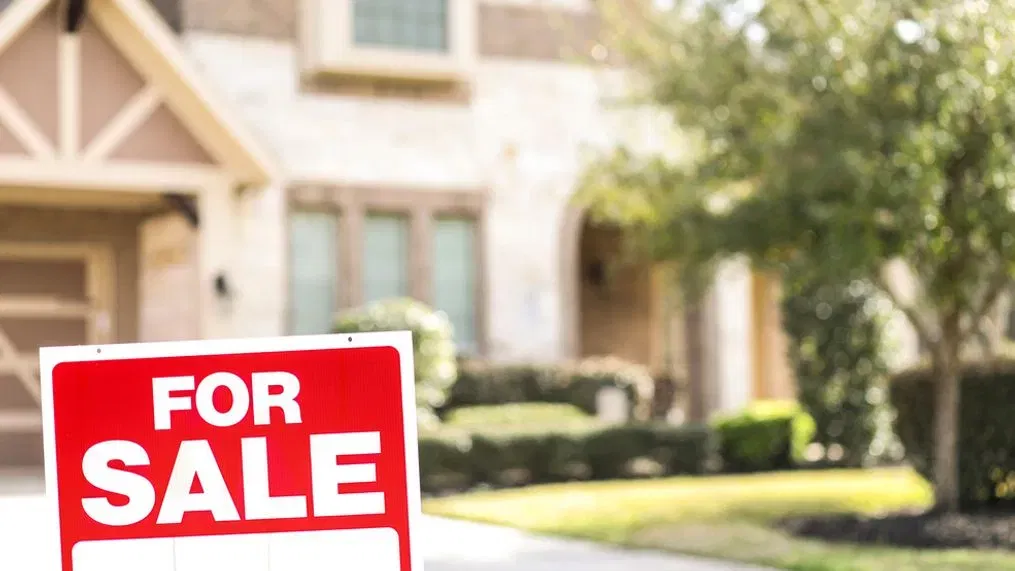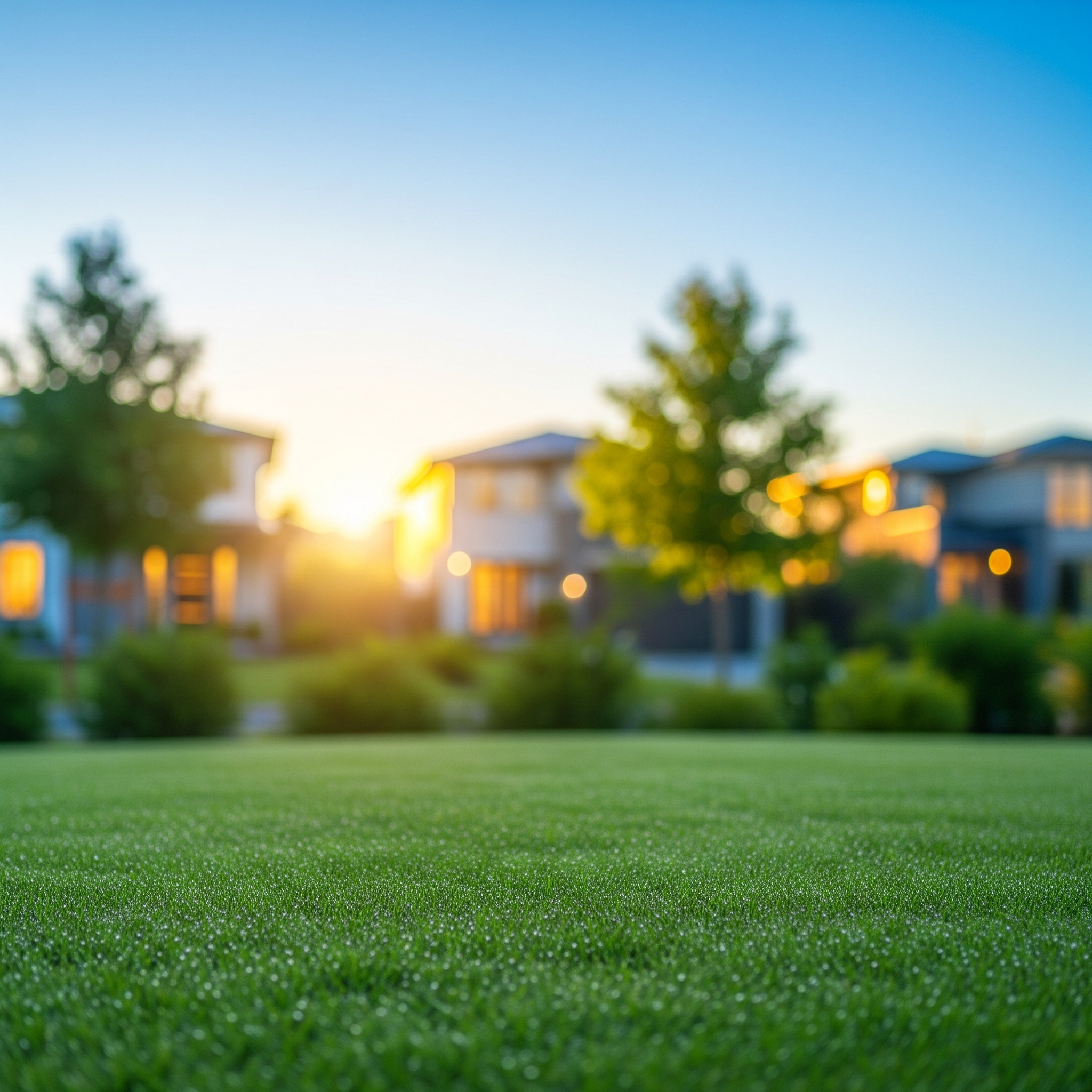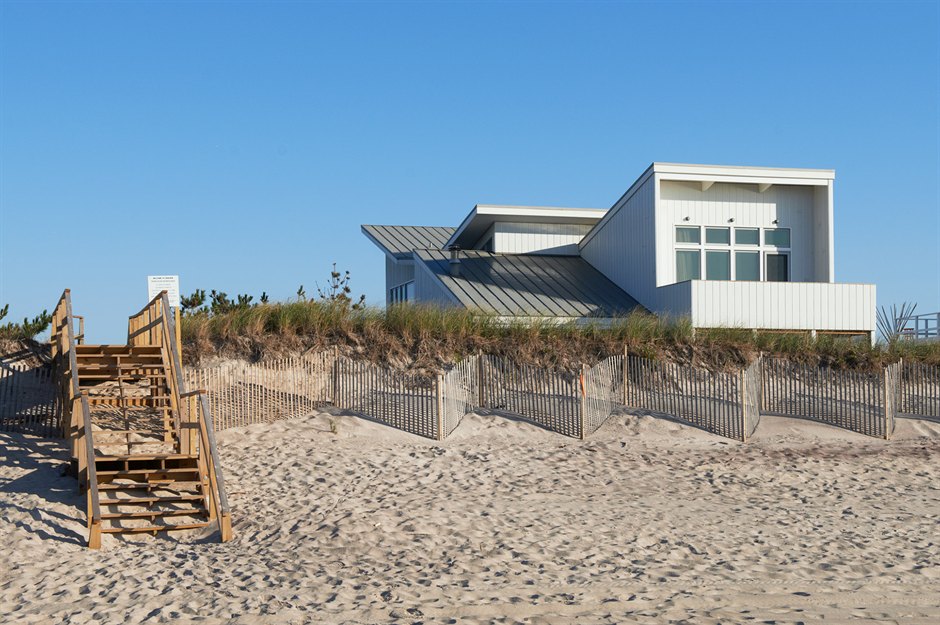Living on the Gulf Coast brings breathtaking sunrises, fresh seafood, and warm breezes—but it also means living with the reality of hurricanes and tropical storms. As extreme weather becomes more frequent and intense, homebuyers in Gulf Shores are becoming acutely aware of the importance of storm‑smart homes. Whether you’re purchasing a second home, vacation rental, or full-time residence, understanding what it takes to weather the storm—literally—can save you time, money, and heartache.
In this post, we’ll explore what “hurricane‑ready” really means in Gulf Shores, from structural features and code requirements to insurance implications and smart investment strategies. You’ll finish this read feeling confident about identifying resilient homes and positioning your property as a storm‑smart standout.
Why Storm Resilience Matters More Than Ever
Gulf Shores enjoys a warm, coastal charm that draws people from near and far, but it also sits on a front line for storms and hurricanes. These natural events bring powerful winds, torrential rain, storm surge, and flooding—all of which can severely damage or destroy an unprepared home. It’s no longer uncommon to hear buyers say they’d consider a property only if it’s “storm‑ready.”
In response, local building codes have grown stricter. Insurance premiums now vary based on a home’s readiness. And savvy buyers are factoring resilience into their purchasing decisions. Instead of viewing storm protections as optional extras, they now see them as core features of a smart Gulf Coast investment.
Elevation and Foundation: Keeping Your Home Above the Storm
One of the most important features of a hurricane-ready home is elevation. Flooding—whether from storm surge or heavy rains—is a constant threat here. Homes built with elevated living areas are incredibly valuable. The type of foundation used also matters. Pier-and-beam homes, while at risk of high winds, can excel if elevated correctly. Slab homes can be resilient if they meet FEMA elevation requirements and include flood-resistant materials.
Buyers should examine elevation certificates and flood zone maps. Sellers with elevated homes near rising insurance rates or flood zones can highlight these as selling points. Working with architects, engineers, and builders to assess a property’s flood risk before purchase ensures buyers are investing in homes built to weather water as much as wind.
Impact Windows and Reinforced Openings
Once wind speeds hit hurricane force, windows and doors become critical vulnerability points. That means single-pane glass windows are often a liability in high-wind storms. Impact-rated glazing and reinforced doors reduce the risk of breakage.
These openings often receive higher insurance discounts, further improving cost-efficiency. For buyers, upgrading windows can pay for itself in just a few years. For sellers, having impact-rated products already in place adds immediate value and peace of mind. When one of these windows stands strong in a storm, it protects not only the interior but every other component of a “storm‑ready” home.
Roofing Upgrades: A First Line of Defense
A strong roof keeps the entire structure safe during a storm. It’s not just the shingles but how the whole roof is attached to the home that counts. Proven details like hurricane straps, nail pattern specifications, and resistance-tested roofing materials make the difference between a roof that stands firm and one that tears off.
Different roof types perform differently in high winds. Hip roofs with shorter overhangs resist uplift better than gable roofs. Roof pitch and material compatibility play a big role too. Whether buyers want classic shingles or metal roofs, sellers should ensure structural details meet the latest code and that roof documentation is readily available.
A durable, well-documented roof can seal a sale faster and help buyers sleep easier.
Built-In Generators and Smart Power Solutions
Losing power during and after storms is very common in coastal areas. Long outages disrupt daily life and damage property.
Homes with integrated backup generators—especially those tied into their home’s electric panel—offer resilient living. Buyers see instant benefits such as food safety, comfort, and peace of mind. A turnkey approach (generator included and ready to operate) is often a strong selling point in Gulf Shores neighborhoods where outages are accepted as part of life. Smart homes can take it up a notch, with mechanisms that auto-start generators and manage load to prioritize critical systems.
Investing in these systems reduces risk and makes homes more attractive—especially for vacation or rental properties.
Elevated Utilities and Flood-Ready Infrastructure
Outage resilience doesn’t stop at generators. Water heaters, HVAC equipment, electrical panels, and mechanical systems are normally installed at or near slab level. That means they’re at high risk in a flood or major storm.
Hurricane‑ready homes protect these key systems by elevating them on platforms, placing them in sealed rooms, or installing flood‑resistant components. The presence of elevated utilities reassures buyers that major systems won’t be compromised by a single storm. Even small upgrades like raising shutters, pressure-cooking valves, or gear-specific protection elements can be the kind of “detail” that sells rugged coastal homes faster—and for more.
Drainage and Landscape Design for Stormwater Control
Hurricanes aren’t just high winds; they often dump feet of rain in a short time. Proper property drainage ensures that floodwaters don’t pool inside or near the home.
Lush landscapes may seem inviting, but they can often hold water unless designed with drainage in mind. Walkways and patios can help redirect flow. Strategically placed swales, gravel trenches, “dry creek” beds, and French drains improve off‑property drainage without detracting from curb appeal.
Homeowners who focus on stormwater design after a hurricane aren’t just protecting their homes—they’re protecting curb appeal, neighbor relationships, and long‑term landscape health.
Insurance Impacts and Resale Value
Flood and wind-resistant homes shift the insurance conversation. Homes with more resilient features can earn lower rates, relaxed deductibles, and more favorable flood zone ratings.
Flood zones and insurance history influence buyer willingness to pay higher premiums. A home that earns discounts through ratings such as ICC, FORTIFIED, two-wall installation or Florida Secure Roof (FSR) status is in a very strong position.
Agents need to know how to evaluate homes and coach sellers to highlight these traits. Buyers appreciate having a stabilizing factor built into the financial equation instead of unpredictable premiums.
The Role of Building Codes and Verified Certifications
Gulf Shores has updated building rules significantly following hurricanes. Homes built after 2004 or retroactively strengthened to newer codes hold distinct competitive advantage.
But compliance alone isn’t enough. Many buyers now ask about storm-proofing certifications that go beyond inspector checklists. Programs such as FORTIFIED Home recognize homes approved for wind, hail, uplift, and water protection beyond code minimums.
Naturally, these might come at a cost during construction—but they also widen buyer appeal and price justification.
Smart Agent Strategies for Marketing Storm‑Ready Homes
For Gulf Shores agents, the rise in storm awareness means repositioning how homes are marketed. Pads need to highlight impact windows, elevated HVAC and utilities, strong roof systems, and irrigation infrastructure. Adding info about home resilience can move listings faster and win over buyers who might otherwise be hesitant.
Open house visuals help too: photos or tours of key hardware, generators, elevated equipment pads, and emergency shelters help communicate safety with gestures, not just words.
For buyers, it’s about asking questions beyond interior finishes. Agents play a pivotal role in building awareness—helping them check where homes are in relation to flood elevations or to visually verify welded straps or hurricane tie‑downs.
Looking Ahead: The Next Wave of Resilience
We’ve covered direct storm-resistance, but Gulf Shores is headed toward even deeper resilience trends. Renewable energy grids, neighborhood micro‑bursts containment, updated FEMA-rated roofing details, coastal levees, elevated streets, tree-line seawalls, and smart storm tracking are evolving in Gulf-centered planning.
Agents who immerse themselves in community planning, storm preparedness resources, and federal relief programs will be trusted as true navigators—not just sales professionals.
Buying and Selling with Storm-Savvy Intention
If you’re a buyer, approach Gulf Shores with intention: verify elevation, identify drainage and roof build history, review mechanical protection, and compare wind‑resistant materials. Understand insurance distinctions and resale value theories.
Sellers should consider storm-smart retrofits, gather documentation, and elevate their marketing message to include resilience features upfront.
These aren’t just checkboxes—they’re life‑safety plans, financial firm‑ups, and lifestyle stabilizers.
Why This Matters for Gulf Shores Residents
At its core, Gulf Coast life is built around water and nature. But coastal living requires added awareness—including long-term weather threats. Building, buying, or selling thoughtfully means building toward a future where storms don’t threaten your investment.
Hurricane‑ready homes are livable homes. They stand firm in the face of storms, they ensure homeowner continuity, and they provide comfort and savings for years to come.
If you’re buying in Gulf Shores, this mindset helps you find a home that won’t just survive your stay—it will support your life, haul your boat, host your family, and ride out the next storm with you.
If you’re selling, marketing your home as storm-smart earns you not just extra buyers—but trusting buyers. Those are the difference-makers.





